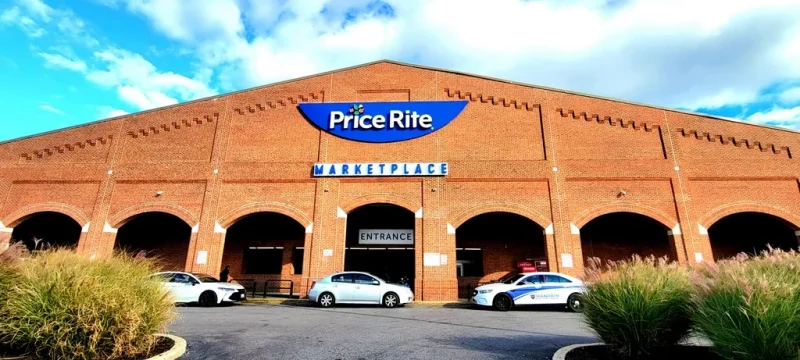Baltimore’s Price Rite Marketplace set to close next month
Share
Explore Our Galleries
Breaking News!
Today's news and culture by Black and other reporters in the Black and mainstream media.
Ways to Support ABHM?
By Nicole D. Batey, the AFRO

The Price Rite Marketplace of West Pratt Street has served West Baltimore for 10 years. Now, just days before families are set to gather around the dinner table, Price Rite has announced that it is closing the sliding doors permanently at the end of December.
Price Rite originally opened in 2013 and was rebranded as Price Rite Marketplace in 2019.
The supermarket is located in Southwest Baltimore’s Mount Clare Junction shopping center and is the only full service grocery store in the immediate area. Hollins Market and stores like Family Dollar will be left to fill in the gap.
[…]
The City Council District 10, where the store is located, has the second highest proportion of residents living in a priority area. Roughly 44 percent of the population in this area meet all four criteria for living in a food desert that is a high priority area, compared to 23.5 percent citywide. Nearly 12,000 –52 percent–of the city’s Black residents live in priority areas, compared to only 7,000 (38 percent) of its White residents. Also, seniors are the most likely of any age group to live in priority areas.
There are only four, now soon to be three, supermarkets in the entire district.
“The parents and the older folks are the ones that need this store. If you take it out of the Black community, where are they supposed to go?” asked Angela Baker, who spoke with the AFRO as she exited the store. “I’ve lived in the city all my life and it just seems like it’s getting worse.”
Food deserts are one reason some encourage farming and gardening among Black Americans.









Comments Are Welcome
Note: We moderate submissions in order to create a space for meaningful dialogue, a space where museum visitors – adults and youth –– can exchange informed, thoughtful, and relevant comments that add value to our exhibits.
Racial slurs, personal attacks, obscenity, profanity, and SHOUTING do not meet the above standard. Such comments are posted in the exhibit Hateful Speech. Commercial promotions, impersonations, and incoherent comments likewise fail to meet our goals, so will not be posted. Submissions longer than 120 words will be shortened.
See our full Comments Policy here.